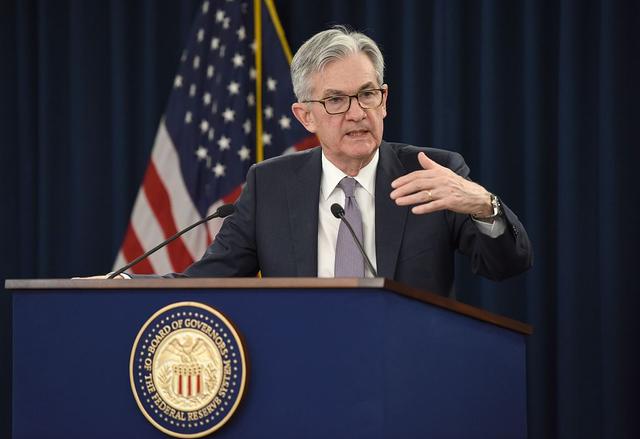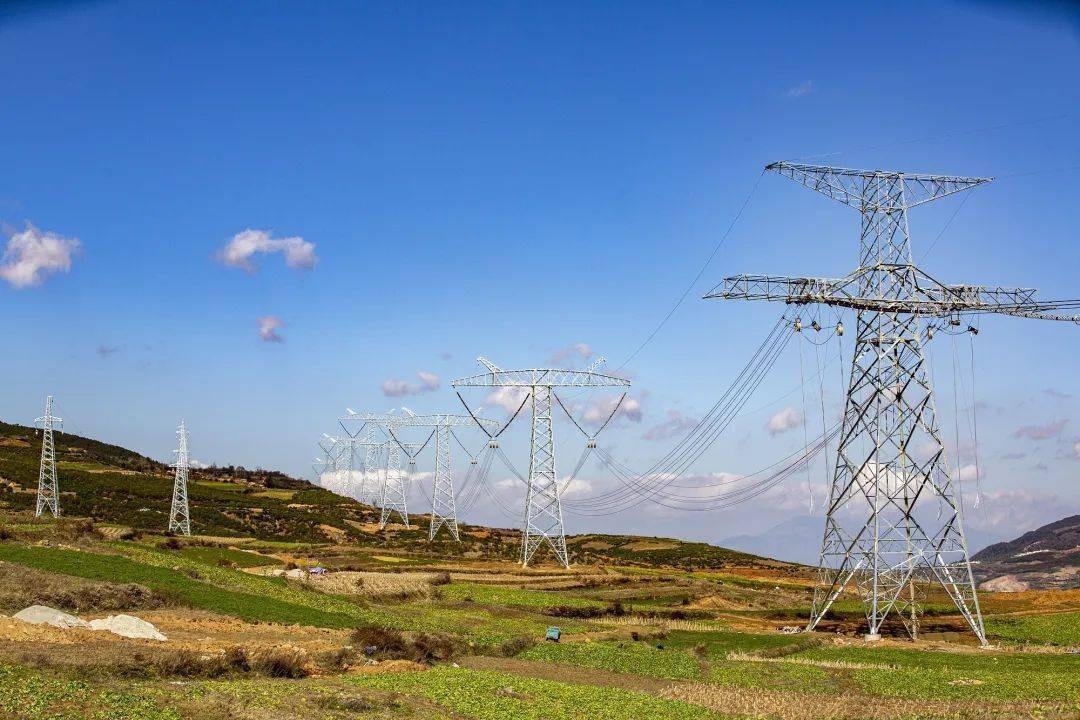
In a recent public speech, Federal Reserve Chair Powell frankly admitted that the US economy is walking on a tightrope full of uncertainties, facing the dual challenges of inflationary pressure and weak employment. If the interest rate cut is too aggressive, it may lead to the failure to achieve the 2% inflation target. Conversely, if the austerity policy lasts too long, it may weaken the labor market. This statement reveals the dilemma faced by monetary policy makers.
The current US economy presents a contradictory picture. The GDP growth rate in the first half of 2025 is only 1.5%, a significant slowdown from the 2.5% in 2024. The consumption engine has slowed down, household spending has become more cautious, and the housing market remains sluggish. Although corporate investment has become a bright spot, the overall economic momentum has weakened. Powell pointed out that uncertainty is suppressing business expectations. Although the consumer confidence indicator has rebounded from the spring low, it is still lower than the level at the beginning of the year.
In terms of the labor market, the 4.3% unemployment rate in August hides hidden dangers. In the past three months, only 29,000 new jobs were added on average each month, which is already lower than the level needed to maintain a stable unemployment rate. The latest meeting statement of the Federal Reserve has changed the expression "labor market conditions remain robust" to "employment downside risks have risen", sending out a clear warning signal.
The inflation situation is equally severe. The overall inflation rate of PCE in August reached 2.7%, and the core PCE rose to 2.9%, remaining consistently above the 2% target. Powell particularly pointed out that the increase in tariffs directly pushed up import costs, causing commodity prices to shift from falling to rising. This cost pressure is being passed on throughout the supply chain and may become more evident in the coming quarters.
Facing a complex situation, the Federal Reserve decided in September to cut interest rates by 25 basis points to a range of 4.00%-4.25%. This is the first interest rate cut in 2025. Powell emphasized that the core of the decision-making is "risk management" rather than a preset path. The policy stance remains "moderately restrictive", reflecting its cautious attitude in attempting to balance the dual mission of "full employment and price stability".
This decision-making process is fraught with political tension. Stephen Milne, the new governor of the Federal Reserve nominated by President Trump, cast the only dissenting vote, advocating a 50 basis point interest rate cut. Milan's appointment broke the tradition - he retained the position of chairperson of the White House Council of Economic Advisers at the same time, forming a special "dual identity" arrangement, which was regarded as a landmark move of executive power's intervention in monetary policy.
The Trump administration has been continuously pressuring the Federal Reserve to significantly cut interest rates, with multiple considerations behind this: for every 1 percentage point reduction in interest rates, the government can save nearly 1 trillion US dollars in interest expenses on Treasury bonds. Low interest rates can also provide fiscal space for the "tax reduction + infrastructure + welfare" plan. At the same time, it will accumulate political capital for the 2026 midterm elections by stimulating the economy.
Looking ahead, the US economy is confronted with four major variables: intensive adjustments in trade, immigration, fiscal and regulatory policies. These policies, which are still in the formative stage, have become the biggest variable in the economic outlook. Powell emphasized that the transmission effect of tariff hikes on inflation will be closely monitored. Although its impact is more likely to be a "one-off price increase", it may still manifest as an increase in inflation in the coming quarters.
The Federal Reserve has made it clear that it will not adopt a preset policy path but will adjust flexibly based on data. The key lies in distinguishing between "short-term fluctuations" and "trend changes" to prevent policies from being disturbed by market noise. Judging from the latest dot plot, the interest rate center in 2025 May fall within the range of 3.50% to 3.75%, suggesting that there is still a 50 basis point room for a rate cut. However, the specific path will depend on the actual economic performance.
In this balancing act, the Federal Reserve led by Powell attempted to find a middle way between political pressure and technical decision-making. As the appointment date for the Federal Reserve chair in 2026 approaches, the battle for the soul of monetary policy will continue. Every step of the Federal Reserve's choice not only concerns the direction of the US economy, but also will influence the flow of global market funds and the economic landscape. In a complex environment where dual risks coexist, policymakers need to remain vigilant and flexible in order to strike a sustainable balance between inflation control and employment security.

報告顯示,中國電力投資加速增長,預計2024年電網基建投資將超過5300億元。
近日,市場迎來了一則引人注目的消息:工業巨頭3M公司(MMM.N)在本周五公布了其季度業績報告,隨後股價飆升至近兩年來的
最近,外媒給OpenAI算了筆賬,今年可能要血虧50億美元。
近日,巴黎奧運會和世界鐵人三項協會聯合發布了一項重大決定,宣布因塞納河水質污染問題,原定於近期進行的奧運會鐵人三項首次下
當地時間7月18日,法國巴黎發生了一起令人震驚的持刀襲警事件。
近期,一則重大消息在國際舞臺上引起軒然大波,馬來西亞宣布加入金磚國家。
調查發現,互聯網和智能手機的使用幹擾了韓國近五分之一學生的生活。